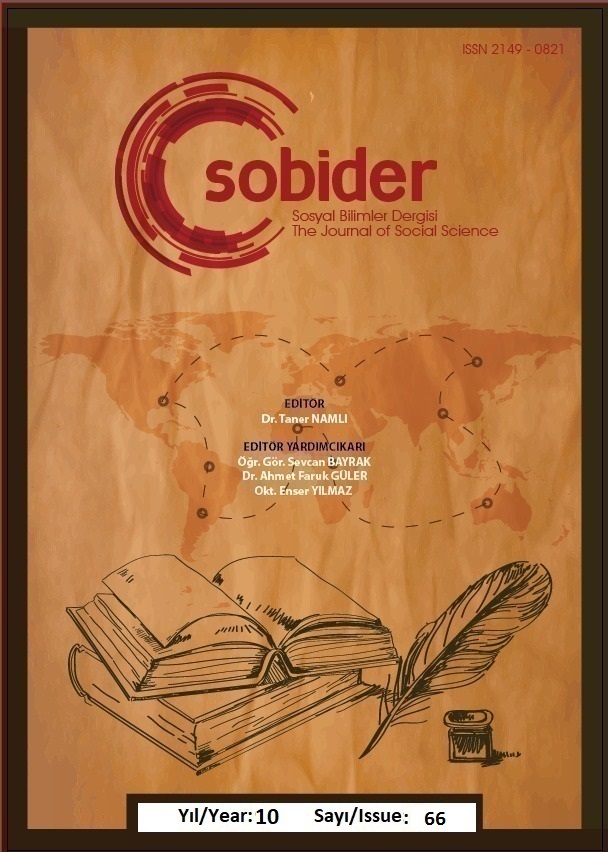Author :
Abstract
جاءت الدراسة؛ لتتناول الأسباب والعوامل التي تؤدي إلى ظاهرة الاستشكال في فهم الحديث، مثل تنوع دلالات النصوص الحديثيَّة ما بين ظنِّي وقطعي، وحمل العام على الخاص، ورواية الحديث بالمعنى، والاختصار في رواية الحديث الشريف. هذا التباين في الاستشكال يمكن أن يُؤدي إلى تفسيرات متعددة لنفس الحديث، ممَّا يؤدي في بعض الأحيان إلى الانحراف عن المعاني الأصلية للنصوص الحديثية. وبهذا تتأكد حاجتنا إلى العناية بلغة الحديث، ومعرفة غريبه، وفهمه حسب سياقه، وفقًا لمقاصد الشريعة حتى يتأنَّى فهمه على الوجه الصّحيح، وفي حال تعارض النَّص النَّبوي مع المقاصد، يُمكن أن يكون ذلك بسبب عدم صحَّة الحديث أو المقصد المفترض أو لأسباب أخرى. تكمن أهداف الدراسة في بيان الأسباب التي تُوقع في الاختلاف في فهم الحديث، ثمَّ أُجرِيتْ دراسة تطبيقية على بعض الأحاديث البارزة التي شهدتْ تباينًا في فهمها. اتّبعتِ الدّراسةُ المنهج التحليلي، فشرحتُ أسباب الاختلاف في فهم الحديث، ودلَّلتُ على ذلك بمجموعة من الأحاديث التي وقع الاختلاف في فهمها، وتمَّتْ مناقشة الاختلاف بأسلوب علمي مدعمًّا بأقوال العلماء، وخُتمتْ الدراسة بتقديم أهم الاستنتاجات التي توصَّلَ إليها الباحث في هذا المجال.
Keywords
Abstract
This study aims to investigate the factors contributing to the phenomenon of Confusion when interpreting Hadith texts. These factors include variations in the semantics of hadith-texts, ranging from speculative to categorical, the potential for general statements to be misunderstood as specific ones, the inclusion of meaning within the narration of hadith, and the use of abbreviations in the narration of hadith. Such Variations in the way hadiths are presented can result in multiple Interpretations of the same Hadith, occasionally deviating from their original intended meanings. Therefore, it is essential to pay careful attention to the language of hadith, familiarize oneself with its intricacies, and interpret it within its context, aligning with the objectives of Islamic law (Sharia), to ensure accurate understanding. In cases where a prophetic text appears to contradict these objectives, it could be due to the hadith’s invalidity, a misinterpretation of its intended purpose, or other factors. The main goals of this study can be summarized as follows: to elucidate the causes behind varying interpretations of hadith and to provide a practical and applied examination of certain significant hadiths that have sparked differences in understanding. The study adopts an analytical approach to dissect the reasons behind these differences in interpretation, substantiating its findings with a selection of hadiths that have historically generated diverse interpretations. These Interpretations are examined rigorously and supported by the perspectives of renowned scholars. The study concludes with a statement of the most important conclusions reached by the researcher in this field.





